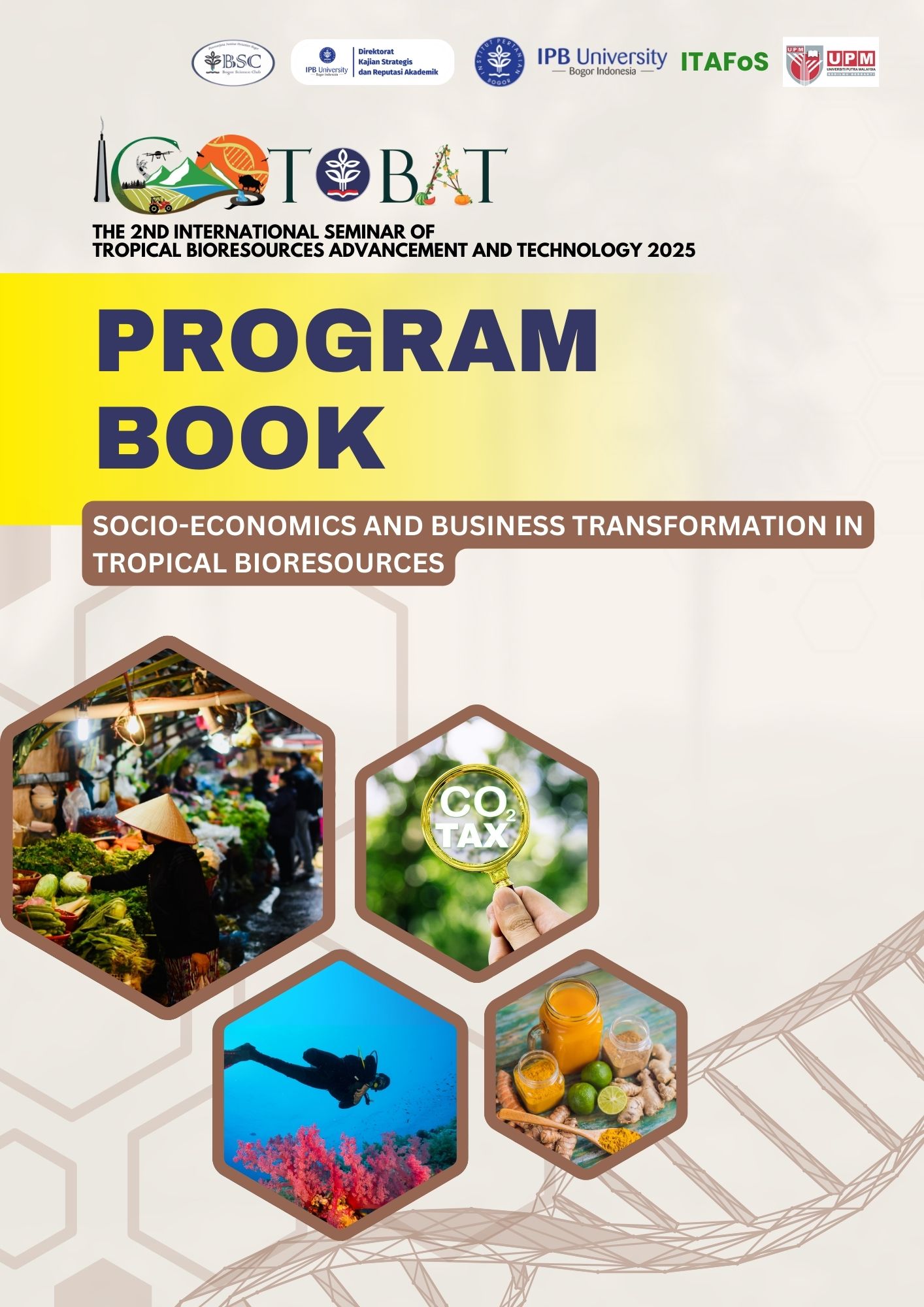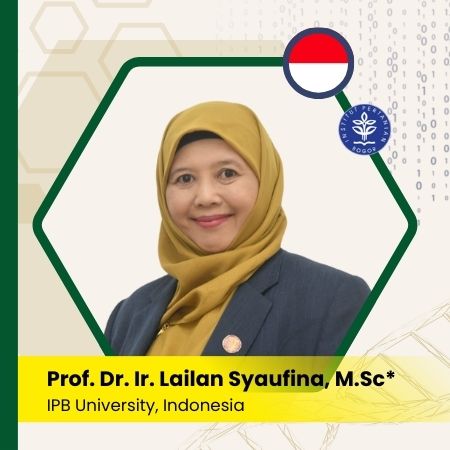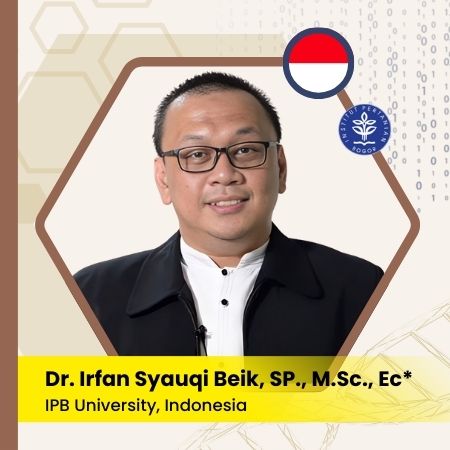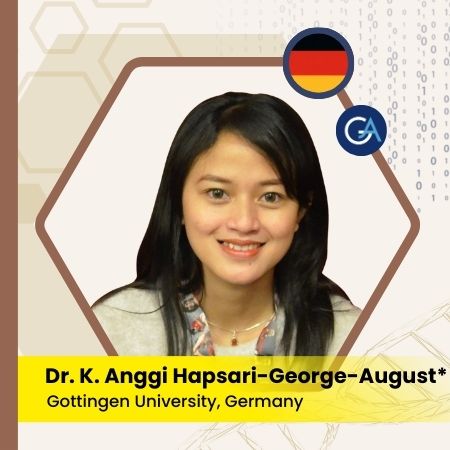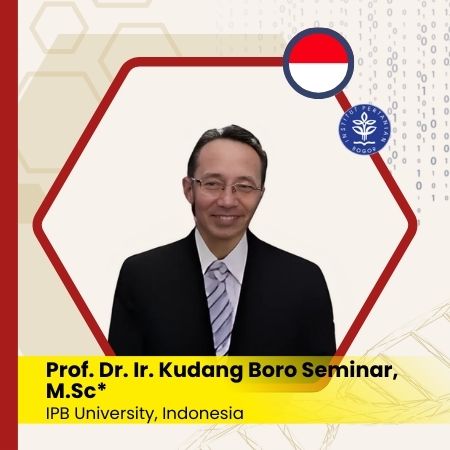Fay-Herriot Model with Random Forest-Based Fixed Effect Estimation for Small Area Estimation of Per Capita Expenditure among Poor and Agricultural Workers
Will be presented at Friday, 23 May 2025, 09.30 (GMT +7)
Keywords:
farmer welfare, fay-herriot model, machine learning, random forest, small area estimationAbstract
Measuring the welfare of individuals working in the agricultural sector is crucial for enhancing labor productivity and formulating more targeted policies. One commonly used indicator of welfare is per capita expenditure. However, direct estimation of this indicator for specific groups—such as the poor and agricultural workers—is often hindered by small sample sizes. Increasing the sample size is not an efficient solution, as it entails significant costs and resources. Therefore, the Small Area Estimation (SAE) approach offers a more cost-effective alternative by leveraging auxiliary information from censuses and inter-area variability.
In practice, SAE modeling faces several challenges, including violations of linearity assumptions and limited availability of unit-level covariates. The former can be addressed through machine learning methods, particularly Random Forest (RF), while the latter is effectively handled using the Fay-Herriot (FH) model, a widely used area-level SAE model.
This study aims to develop a modified Fay-Herriot model using the Expectation-Maximization (EM) algorithm integrated with Random Forest, referred to as the FH-RF (Fay-Herriot with Random Forest) model. The proposed model is designed to improve the accuracy of small area estimates using area-level covariates, especially in the presence of nonlinear relationships between predictors and the response variable. The model is applied to estimate per capita expenditure in Indonesia for three target groups: the general population, the poor, and agricultural workers.
The results indicate that the FH-EM model performs better under linear relationships, whereas the FH-RF model excels in capturing nonlinear patterns. Moreover, the average per capita expenditure of agricultural workers, which lies between that of the poor and the general population, highlights that the welfare level of agricultural workers in Indonesia remains relatively low.

